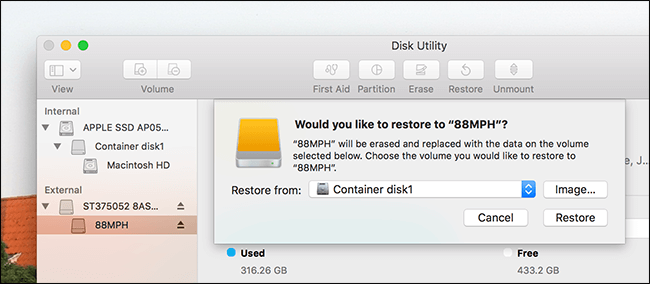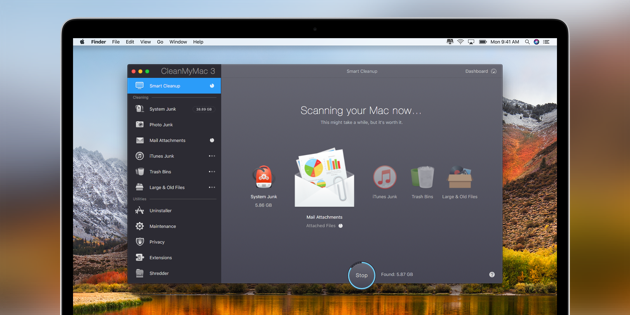

Imagine that you copy a 8GB video from Downloads to Desktop and don’t delete it in Downloads. Most duplicate files are unnecessary and created unintentionally. Remove duplicate filesĭuplicate files are files that are exactly the same. In Finder, control-click the file and choose Move to Trash.Ĭontinue removing other big files that you don’t need.

Select an unwanted file and click Show in Finder.Ħ. Choose the Large Files tab and then sort files by size.ĥ. In the sidebar on the left, choose Documents.Ĥ. Click the Storage tab and then click the Manage button.ģ. From the Apple menu, choose About This Mac.Ģ. Step: How to clear space on startup disk on Mac by removing large filesġ.

But make sure that you really don’t need them. Delete large unwanted filesĪn easy and quick way to reclaim a lot of space is to remove the big files that you don’t need anymore. Note: As always, it’s a good idea to make a Time Machine backup before you delete things on your Mac. How to free up space on Mac’s startup disk Now you will see the categories of the files on your Mac and how much storage each category uses respectively. Now you can see how much space is used and how much space is available on the startup disk (called Macintosh HD by default).ĥ. On your Mac, from the menu bar at the top of the screen, click the Apple menu.ģ. Below is how to check space on startup disk.ġ. Therefore, it’s important to know what takes up space. For example, large media files or large photo libraries devour storage quickly.īefore you start freeing up space on your Mac’s startup disk, you need to know what to delete. In addition to the macOS operating system, which occupies a lot of storage space, the startup disk contains the apps that you install, the personal files that you import or create, the files you download, etc. Find out what is taking up space on your Mac’s startup disk That’s why Mac sends a warning message when your Mac is running low on disk space. Your Mac requires enough disk space to operate properly. In other words, it’s the disk on which your operation system is running. The startup disk is the disk from which your Mac starts up.

If you receive a “Your disk is almost full” message or a “Your startup disk is almost full” message, it means that your Mac’s startup disk is nearly full.


 0 kommentar(er)
0 kommentar(er)
